Modern evolutionist thinking didn’t begin with Darwin. During his voyage on the HMS Beagle, Darwin was reading Principles of Geology by Charles Lyell, a man whose ideas greatly influenced the young naturalist. Lyell gave modern science the idea of deep geological time. It was this deep time which provided the foundation for Darwin’s developing ideas of biological evolution.
The following is a summary of “The Role of and Limits on Uniformitarian Principles in Creationist Sedimentology Research” by Dr. Sarah Maithel, and of the research pertaining to it. The views expressed are not necessarily those of New Creation.
Charles Lyell, along with James Hutton, are considered founding fathers of the modern scientific discipline of geology. These two men developed what has become known as uniformitarianism, a concept within geology of regular, rhythmic rates and events. Uniformitarianism is nicely summed up in the famous dictum “the present is the key to the past.” No catastrophism, no major, earth-shaking, non-repeating events. In other words, nothing like Noah’s Flood.
Because of this, it’s not surprising that uniformitarianism has been categorized along with evolution in a cache of concepts that are antonymous with young-earth creationism. After all, how could a philosophy of geology that rules out catastrophe be made to square with the Genesis record? Indeed, Lyell himself spoke of “freeing the sciences from Moses” with his philosophy.1 Uniformitarianism was founded by thinkers who rejected Scripture.
Given the historical background of uniformitarianism, the suggestion that this concept could have a role in creationist research is startling. Even so, this is exactly what Dr. Sarah Maithel proposed at the Ninth International Conference on Creationism in 2023.
Defining Uniformitarianism
In her abstract presentation at the ICC last year, Dr. Maithel defined uniformitarianism in terms of three foundational principles.2
The first is the Uniformity Principle. This is the idea that physical laws do not change, have not changed, and never will change. It’s not hard to see why Lyell and Hutton were so instrumental in the modern field of geology, when you consider the implications of this principle. Science cannot work if there is no reliability, no dependability, to the laws of physics.
The second principle is the idea of uniformity of rate; that past rates of processes are the same as current rates. This is where we get the tendency in uniformitarianism to explain the rock record using slow and gradual processes, similar to what we see occurring in our everyday experience.
The third principle is the concept of a steady-state history of the earth. In other words, earth is a system in equilibrium through time. Whatever processes occur today on earth are similar in kind and degree to the processes which have been at work on earth since time immemorial. This is, quite frankly, what you get when you take the first two principles along with a commitment to naturalism. This is what rules out the Scriptural history of Creation Week and Noah’s Flood. It’s the scientific basis used for rejecting what God’s Word says about the future.
Uniformitarianism in Creationist Sedimentological Research
In creationist circles, we often write off uniformitarianism as one entire philosophical dead end. But Dr. Maithel suggests that uniformitarianism actually has played a useful role in creationist research. This is not to say that creationists accept full-on uniformitarianism. As we just saw, full-on uniformitarianism is based on a belief in naturalism which, as creationists, we must reject. However, since God is a faithful Creator who upholds the universe in a consistent way, there are some principles of uniformitarianism (think uniformity of natural process) that have been useful in creationist research. Let’s consider some examples.
The Little Grand Canyon of the Toutle
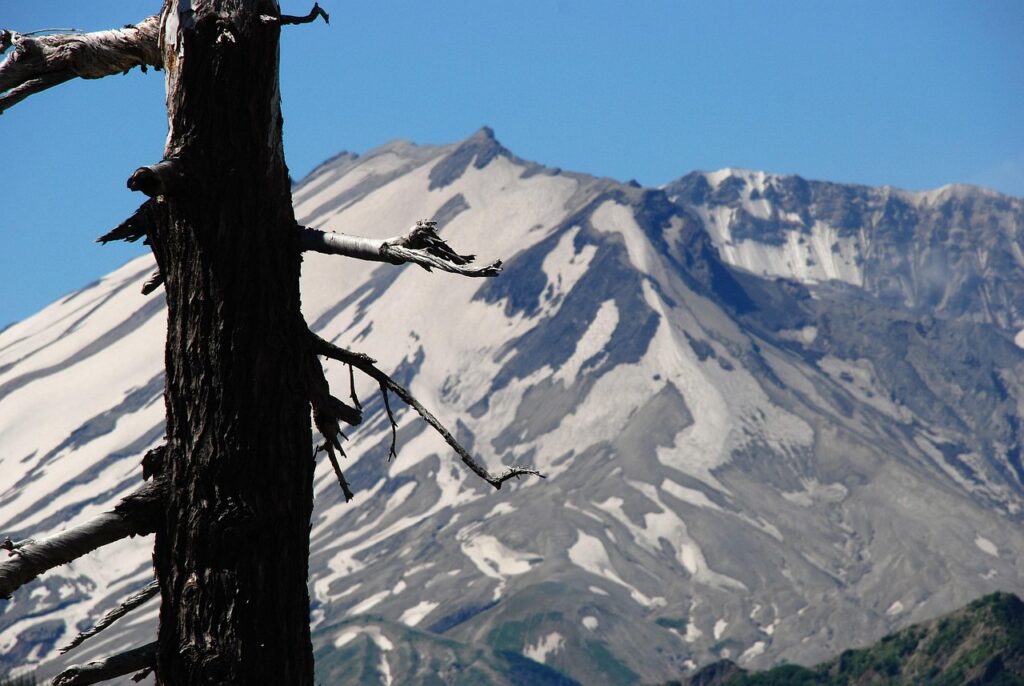
In the aftermath of the 1980s eruptions of Mt. St. Helens in Washington State, Dr. Steve Austin conducted extensive research on the catastrophic processes at work in the area. This included the erosion of what he called “the Little Grand Canyon of the Toutle.” This canyon system, carved by mudflows, provided new drainage for the Toutle River which flows down from the mountain. He also studied the floating log mat on nearby Spirit Lake, composed of trees ripped from the mountainside by the eruption. Some of these are still on the lake surface to this day. By studying the rate at which the bark and other tree debris settled at the bottom of the lake bed, Dr. Austin was able to further develop his model of coal formation during Noah’s Flood.
Dr. Maithel points out that in all this research, Dr. Austin was effectively using aspects of uniformitarian thinking. In effect, he was using the present as the key to the past, drawing analogies of what may have happened during Noah’s Flood from the much smaller scale processes occurring at Mt. St. Helens.
The Coconino Sandstone
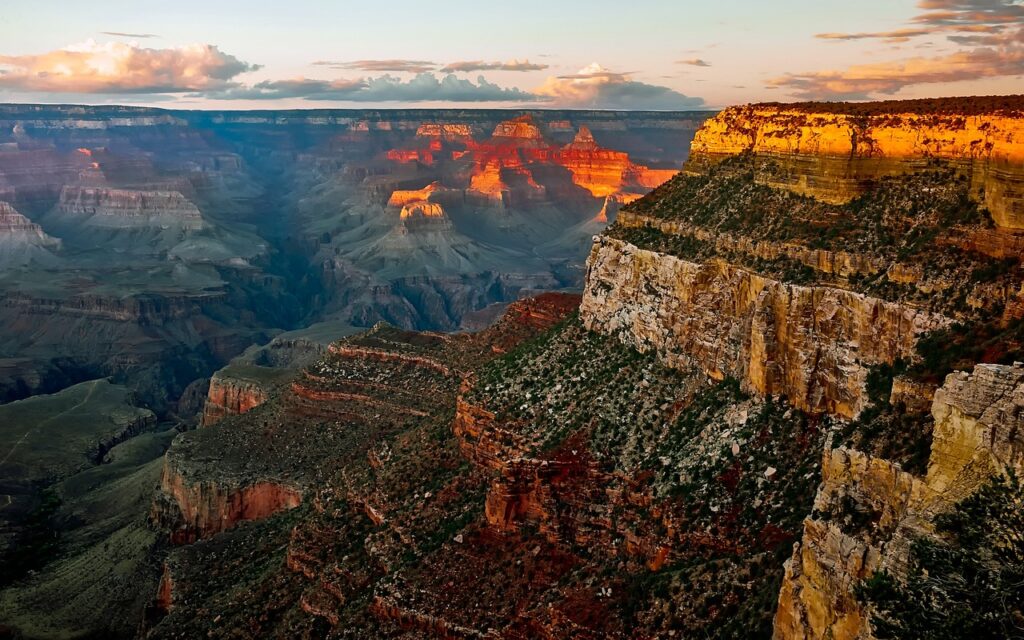
Another example is the research led by Dr. John Whitmore on the Coconino Sandstone. This formation has long been interpreted by conventional scientists to have been deposited in a desert environment. This raised the curiosity of creationists, since in the young-earth understanding of the geologic record, the Coconino Sandstone would have been deposited in the middle of Noah’s Flood. This discrepancy helped motivate several years of research by creationist geologists on the Coconino Sandstone, which led to the discovery of several features which point to watery deposition.
However, Dr. Maithel doesn’t leave us to think this is as simple as adopting uniformitarianism into creation research. There are limiting factors to this approach. For example, in the Coconino Sandstone research, while the desert deposition model doesn’t fit as well as watery deposition, the data don’t fit this second model perfectly either. We know that things must have been very different during the Flood. If nothing else, these processes were happening on a much larger scale than anything we see today. We can run flume experiments to measure the angle of cross bedding in sand dunes underwater or in desert environments, but what about when the sand beds in question are continental in scale? The fact is, if the Bible’s account of Noah’s Flood is true, it was an event so monumental that we really can’t fully understand it in terms of present processes.
Conclusion
So, what does this mean for creationism? On the one hand, we can’t escape the necessity of using the processes we observe today to help us understand what happened in the past, even for the events surrounding Noah’s Flood. On the other hand, it’s clear that modern analogies from geology will come up insufficient in fully describing the past. However, acknowledging the role and limits of uniformitarian principles in creationist research is a start. Dr. Maithel suggests we think outside of the box and try to identify where we should expect continuity between past and present processes, and where we should expect to find unknown phenomena. It’s possible that within our toolbox of scientific exploration we’ll be able to find types of processes that could have operated on a larger scale, to help us understand what happened during Noah’s Flood.
Footnotes
- Mortenson, T., “The Great Turning Point: The Church’s Catastrophic Mistake on Geology—Before Darwin,” Master Books, Inc., P.O. Box 726, Green Forest, AR 72638, USA, 2004, pp. 226–227, citing Lyell, Katherine (Lyell’s sister-in-law), Life, Letters and Journals of Sir Charles Lyell, Bart. (London: Murray, 1881), I:p. 268–271. ↩︎
- Camardi, G. “Charles Lyell and the Uniformity Principle.” Biology & Philosophy 14, 537–560 (1999). ↩︎

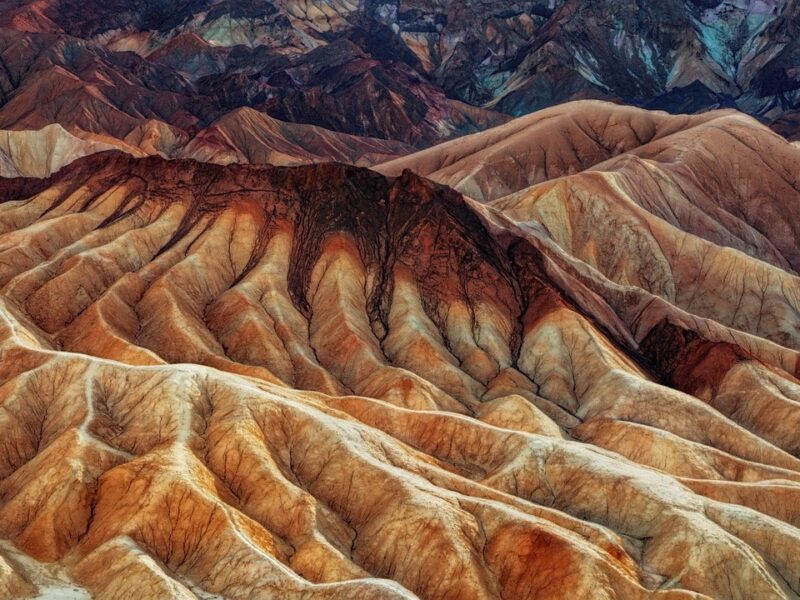
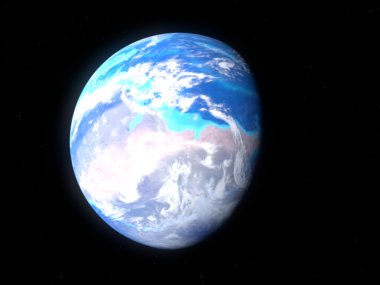
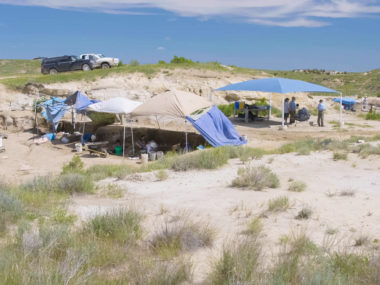
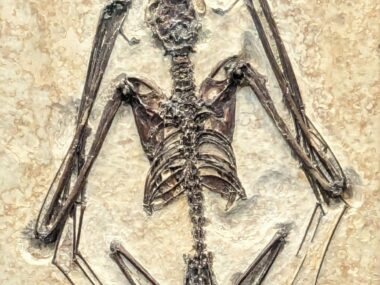

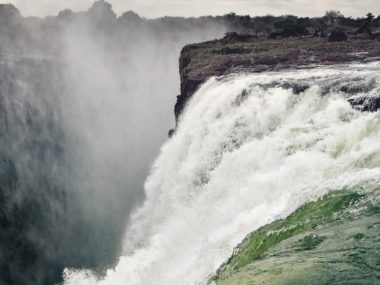





I say creationism does not need uniformitarianism. instead we need to add physics to movements in material. All canyons were created instantly by flowing water. no time needed. No slow attrition. I suggest this is most expressed in the carving of Hudson bay and all Northern areas of earth. This from a post flood megaflood taking the ice age ice from the arctic. In one day Canada for example was carved in the bedrock. this from not the water but the physics of weight of the water. Uniformtarianism is a rejection of physics in a mas of anything. instead its just the mass slowly by attrition carving things.